Book Shopping and Umbrellas.
9/26/2018
In our project time we have been looking at the structure of leaves. The different parts of leaves and why they change color. One thing that we discussed was that even when it is very windy and leaves are falling or being blown off; trees will very rarely fall. This lead to the question of "Why don't trees fall over when it is windy?" Using this question, we compared an umbrella to a tree and why an umbrella on a beach may blow away in the wind but a tree can survive winds of 50+mph. We then investigated all the different structures of the tree from its roots, to branches, to its leaves. We discovered that apart from being well anchored in to the ground by its roots. The trees are more flexible than an umbrella with trunks and branches that bend and sway in the wind. As well that, leaves move individually and have gaps between them that allows wind to pass through and not be caught like in an umbrella. Using this knowledge we had a go designing and creating our own umbrellas that would not be blown away in the wind. Something leafy...
9/21/2018
Continuing with our investigation into leaves we embarked on our leaf scavenger hunt. Further exploring the grounds around the school. Not only were we looking for what color laves we could find but also what type of tree had the leaf come from. By looking at the shape and size of the leaf, we tried to identify if it was from an Aspen, Maple, Oak, Beech, Pine or Juniper tree. We also discussed the evergreen trees we have around school and why they are called that. In the classroom we explored the different parts of the leaf and the scientific names that are used for them. We learnt some tricky words such as 'petiole' and 'midrib'. We then had fun ironing our leaves from the leaf press trying to seal them inside the wax paper to preserve them. Next week we will start to look at why leaves change color. This week we also began investigating sound. We built some paper cup telephones using string and tried to see how far apart we could go and still hear each other. We discovered that the sound moves along the string as vibrations. When the string was shorter and tight the vibrations did not as far to travel so we could hear each other better. When the string became longer and thus became slacker, it was very hard to hear as the vibrations got lost along the way. In math we have been working hard on missing number problems, memorizing our number bonds to 10 and estimating and measuring sizes of objects using cubes. We have also been looking at the vowels; a, e, i, o, and u. We have explored the long and short sounds of these letters, finding words with those sounds in. Fun and Learning
9/14/2018
We are very fortunate to be having great weather at the moment but fall is definitely coming and winter is on its way. From our classroom we have a great view of many tall and different kinds of trees. We have been able to watch and look at the leaves change colour and start to fall. This week, we decided to take advantage of the weather and go out and collect leaves of different sizes, shapes and colors. The class showed great collaboration in finding as many as they could and had great fun together, encouraging each other to explore the woods. After that in the classroom we built presses and using wax paper put our leaves in. It was a little bit tricky and fiddly but we managed! We are going to leave them over the weekend and return to them next week. Hopefully they turn out good! In math we have been working hard on missing number problems. Identifying the numbers we know, where we start and what number we have to finish on. As Well as continually practicing our number bonds to 10. Mastery over these will mean success in many other areas of math. Number bonds help students see that numbers can be "broken" into pieces to make computation easier (decomposing/composing). Number bonds help students recognize the relationships between numbers. We have also continued practicing counting in 1s, 2s, 5s and 10s. Lastly we celebrated a birthday in our class today with a giant Pinata! Everyone was really excited and had a fantastic time smacking it with the stick! It took awhile but with the help of the 4th/5th class we finally managed to crack it open. Great fun all around. At PNA we use The Responsive Classroom Approach. It is a way of teaching that fosters safe, challenging and joyful classroom and schoolwide climates for all students. Using this approach we understand that all of a students' needs - academic, social, emotional and physical - are important. This is teaching to the whole child. At PNA we create an environment that responds to all of those needs using practical strategies for bringing together social and academic learning throughout the school day so that your child can do his or her best learning. Key responisve classroom practices include the following: - Morning Meeting - Guided Discovery - Creating Rules - Classroom Organization - Interactive Modeling - Academic Choice - Teacher Language - Collaborative Problem Solving - Logical Consequence - Working with Families 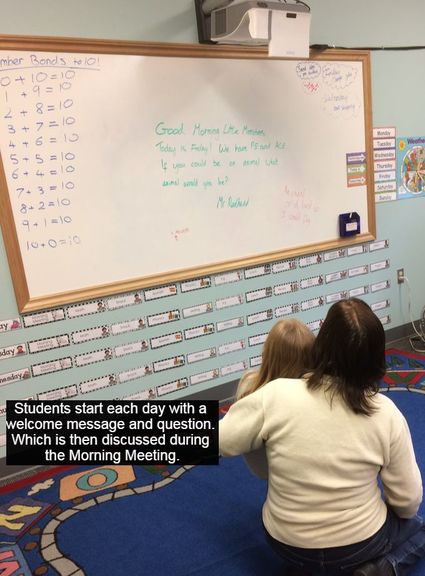 The Morning Meeting is an integral part of Responsive Classroom and starts the day of in a positive, engaging and fun manner as well as bringing students together, building peer relations and developing social skills. Each and every morning meeting consists of:
In first grade we have created 2 special boards for the students to use. Our 'How do you feel today?' board is a great tool for students to use to express themselves espically as it can sometimes be tricky to describe your emotions. Students choose where to put their face, on a emotion that they are feeling. This can then be used to prompt a discussion with the student to foster a positive and welcoming class environment. "I notice you have put your face on sad. What has caused you to feel this way?" "Did you speak to your friends about how you were feeling?" "What choices could we have made instead?" "I see you are excited what are you looking forward to?" Our class of Little Monsters has their own Little Monster Helper jobs board. Classroom jobs can help build a sense of excitement, community, and interdependence in a classroom from the very start of the school year. Classroom jobs also teach children responsibility. As Chip Wood has said, “The only way for children to learn responsibility is to have responsibility.” In The Whole Brain Child, Daniel Siegel and Tina Bryson explain how recent brain research explains why this is true—in order to develop decision-making and reasoning skills, children need opportunities to exercise and practice doing those things. Classroom jobs give students such chances, and they also give students a chance to be responsible in a meaningful way: the children know that completing their job helps their classmates or their teacher (or both). It is the students classroom not just the teachers. |
Hali TuomiMs. Tuomi has over five years experience in ASD, where she taught first and fifth grade classrooms. An avid skier, Ms. Tuomi is a Magna Cum Laude graduate of Alaska Pacific University’s Bachelor of Arts in K-8 Education. Archives
April 2021
Categories |
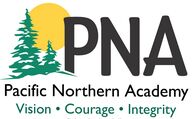
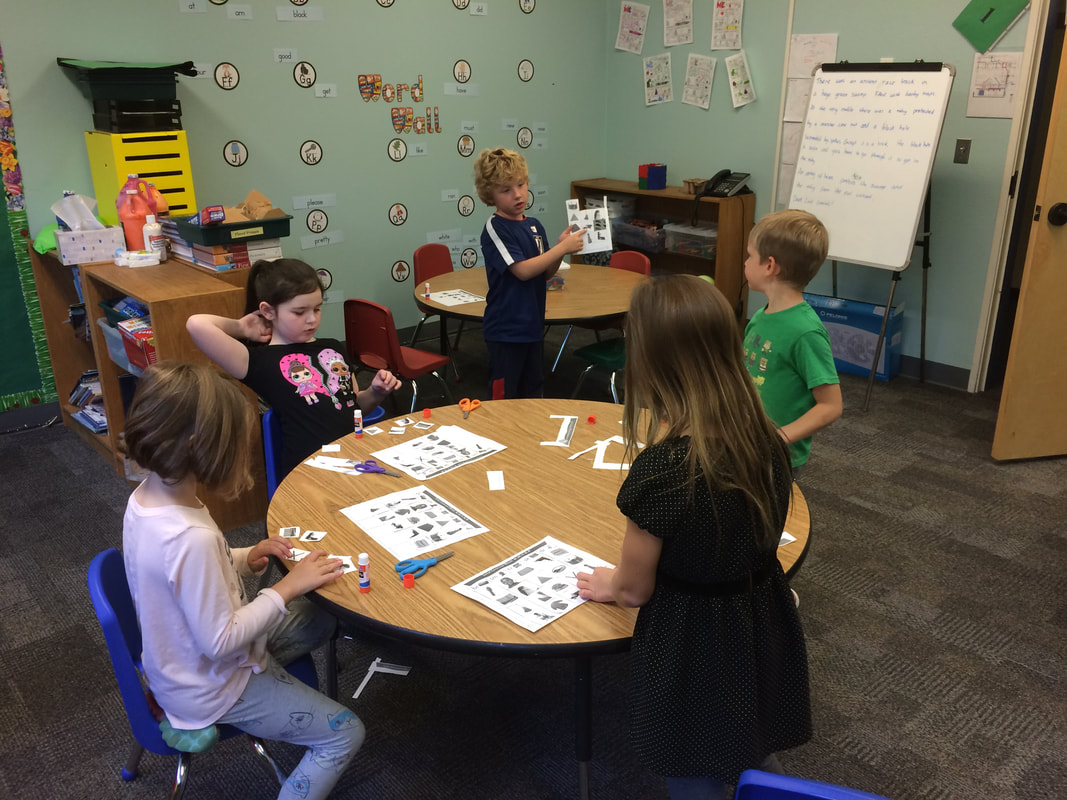
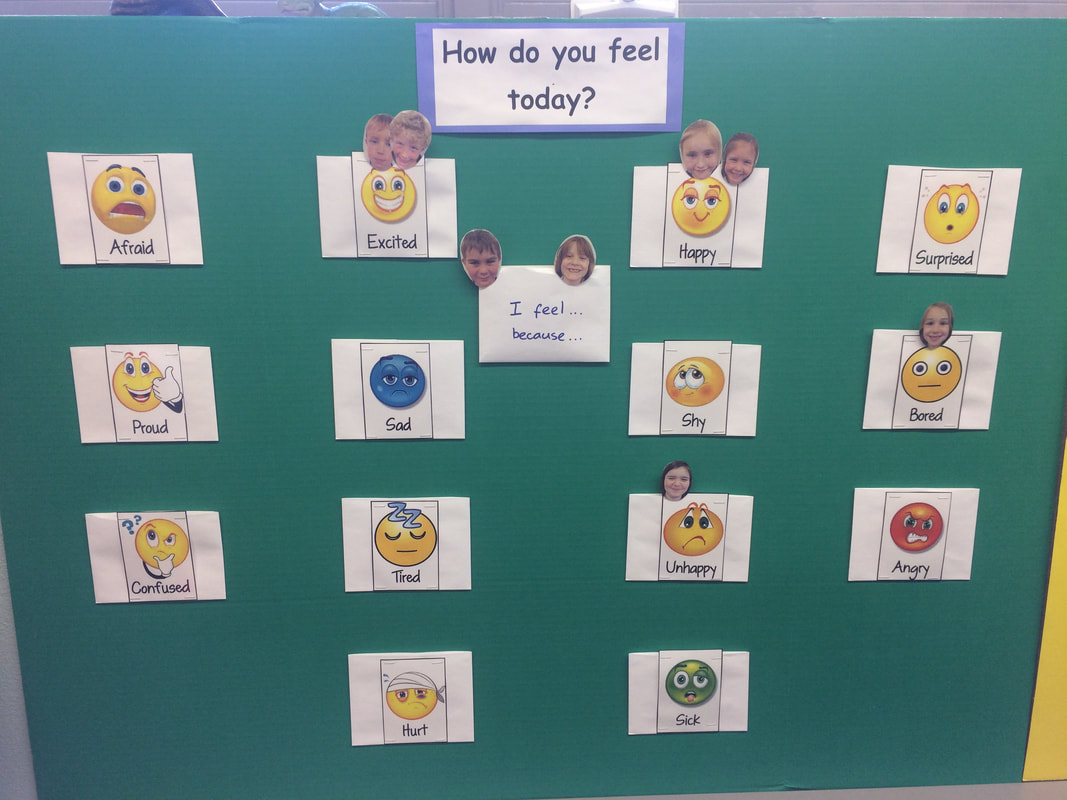
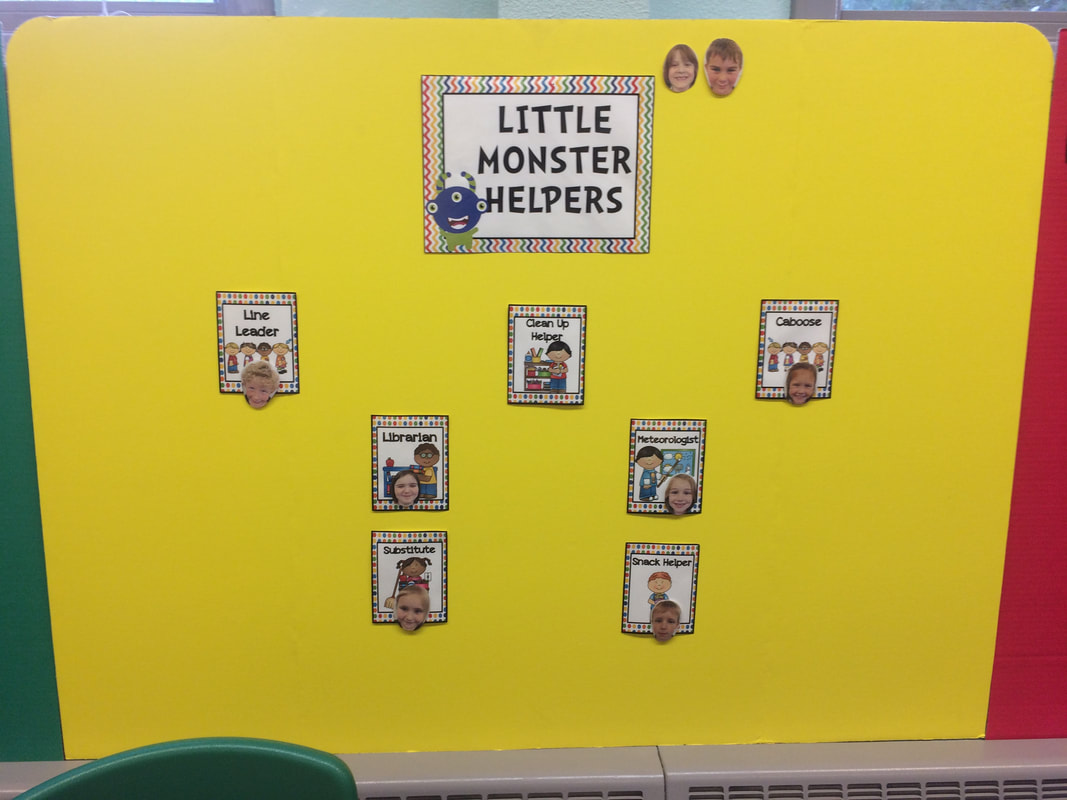
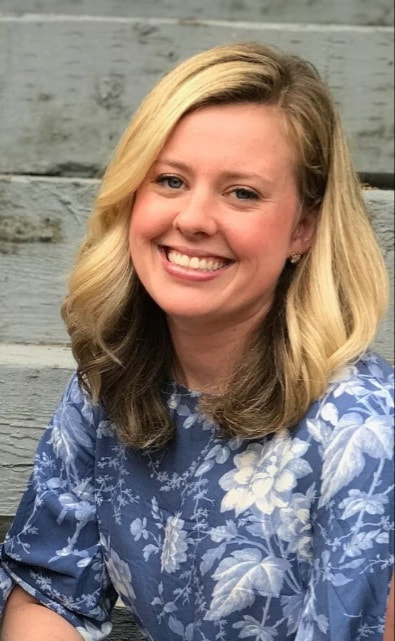
 RSS Feed
RSS Feed
